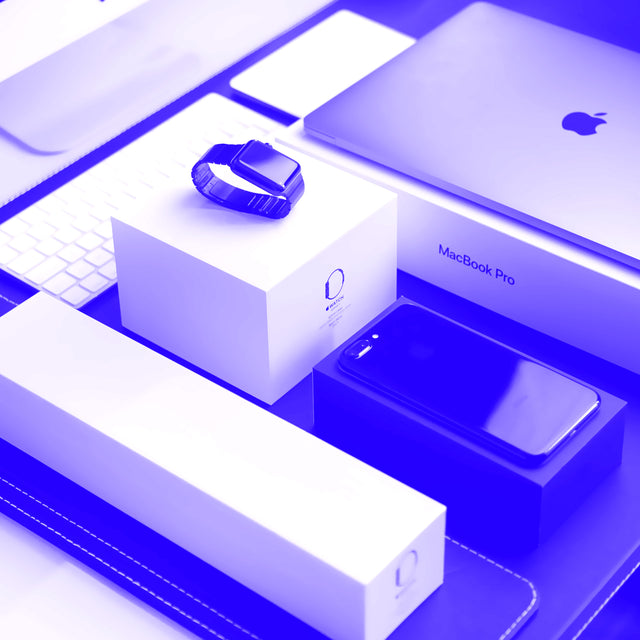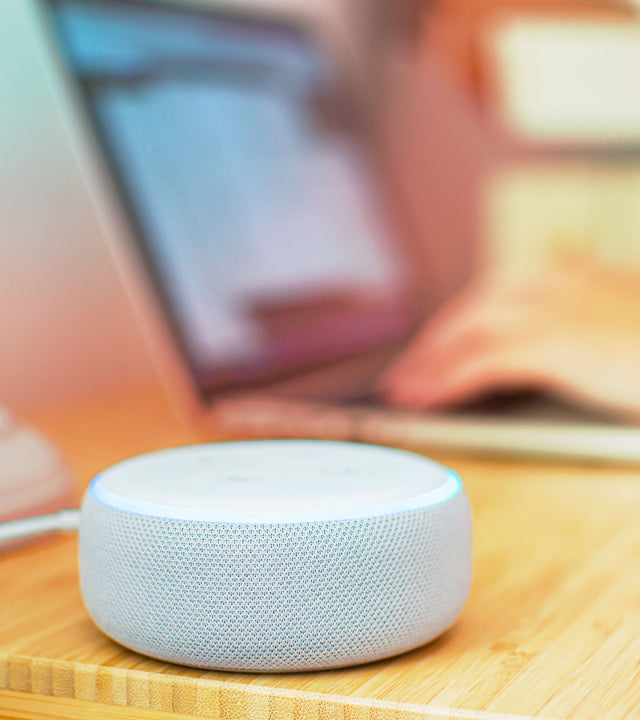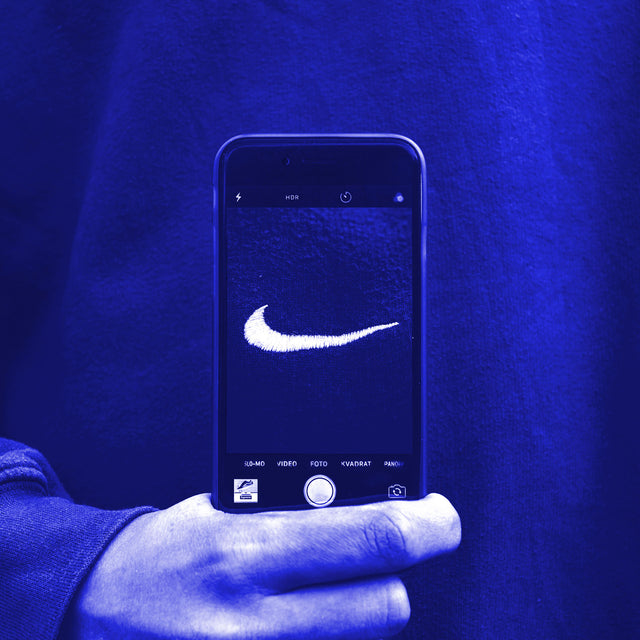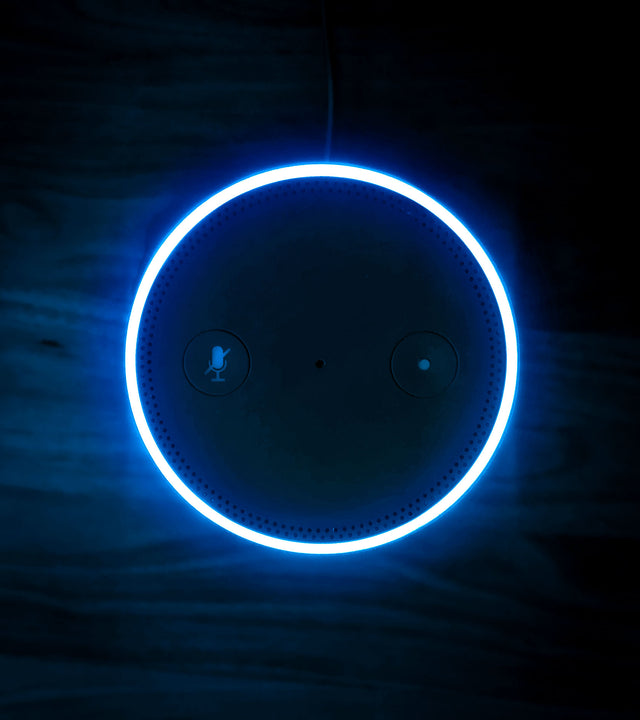Unboxing Experiences
Online purchases are expected to top $500 billion for the first time this year, which isn’t surprising when services such as Amazon Prime are considered. However, what may startle some is that the unboxing experience sometimes makes the difference between a one-time customer and a brand advocate. Below are some tips on creating a memorable unboxing experience without blowing the company’s marketing budget.
Define the Brand’s Goals
Product packaging design shouldn’t happen before the brand’s goals are assessed. By establishing priorities based on customers’ interests and the brand’s values, it’s easier to present customers’ orders in a compelling way. Packaging should be secure and damage-resistant while conveying the brand’s essence. Each part increases the unboxing’s aesthetic value, which engages customers and makes them more likely to share their experiences.
Procurement
As important as the style, shape, and quality of packaging is the product that goes into it. Besides the product’s quality, its value perception is the most crucial factor. This means, that, when someone opens the box, they should feel that their investment has paid off. This portion of an unboxing depends mostly on product procurement, but that’s not the entire picture.
What’s equally important is how these products are arranged, which materials are chosen for the inside, and the professionalism with which the product and packaging are presented. Some valid questions to ask at such a point include:
- Is the box’s appearance aligned with customer’s expectations?
- Does the entire package look professional, from products and materials to textures and colors?
- Is the company giving more than they promised? Adding extras, regardless of their size, significantly improves the customer’s unboxing experience.
- Are there too many products in the box, or does empty space make a bad impression.
- Is there a wide variety of products in the box? Maybe the company promised various product types, but all offerings were much the same. If buyers need to make additional purchases after opening a box, that’s a big disadvantage.
- If the product and packaging designer bought the package, would they pay the amount the company is asking?
- Is the product exciting and new, or is it just a slight variation on the same old product?
To sum things up, boxes should look professional, full, coherent, and complete. By meeting these criteria, companies can create an exciting, fresh unboxing experience that’s worth the purchase price.
Patterns and Logos
The box itself is an integral part of the unpacking experience. This valuable piece of real estate gives sellers the chance to include the company’s logo in the overall packaging design. Using fun, colorful icons gives customers a taste of what’s to come while reminding them of where the product came from.
Saving Time
As companies shape their fulfillment experiences, time remains an important consideration on both ends of the spectrum. Cutting the time required to create a package can help keep fulfillment costs under control. Furthermore, when packaging is designed in an attractive but frustration-free way, customers are more likely to make repeat purchases and recommend products to others.
Source Cost-Efficient Materials
Although shipping and fulfillment are some of the most significant cost factors for online sellers, there are still a few ways to ensure that packaging design doesn’t cut into the company’s profit margins. For instance, when materials like tissue paper are included, buying in bulk will lower their price. Instead of using custom-branded packaging tape, use the plain type, and choose another brand identifier.
After Unboxing
The buyer’s journey doesn’t end with order fulfillment. When a person has unboxed a product, what do they do with the box? Is it tossed into the trash, or used for something else? Many buyers repurpose custom packaging in a variety of ways, from household storage to makeshift pet beds. If sellers focus on the usefulness of the product and its packaging, customers will think of the company long after the sale is final.
In Conclusion
Creating a top-quality unboxing experience is a crucial part of a business’ success. When companies make good first impressions, people take to social media to spread the word about its products and services. In planning the unboxing experience, consider these three factors:
- How customers should feel after opening the product box
- What the seller wants customers to know about the brand
- The customer’s desired next steps
Companies create unboxing experiences for a variety of reasons. Not only do they encourage customers to share videos and photos; they offer social proof that the purchase is worthwhile. However, there’s more to it than meeting customers’ expectations. For the experience to be truly successful, it has to show customers what they have to gain.







0 Comments
There are no comments for this article. Be the first one to leave a message!